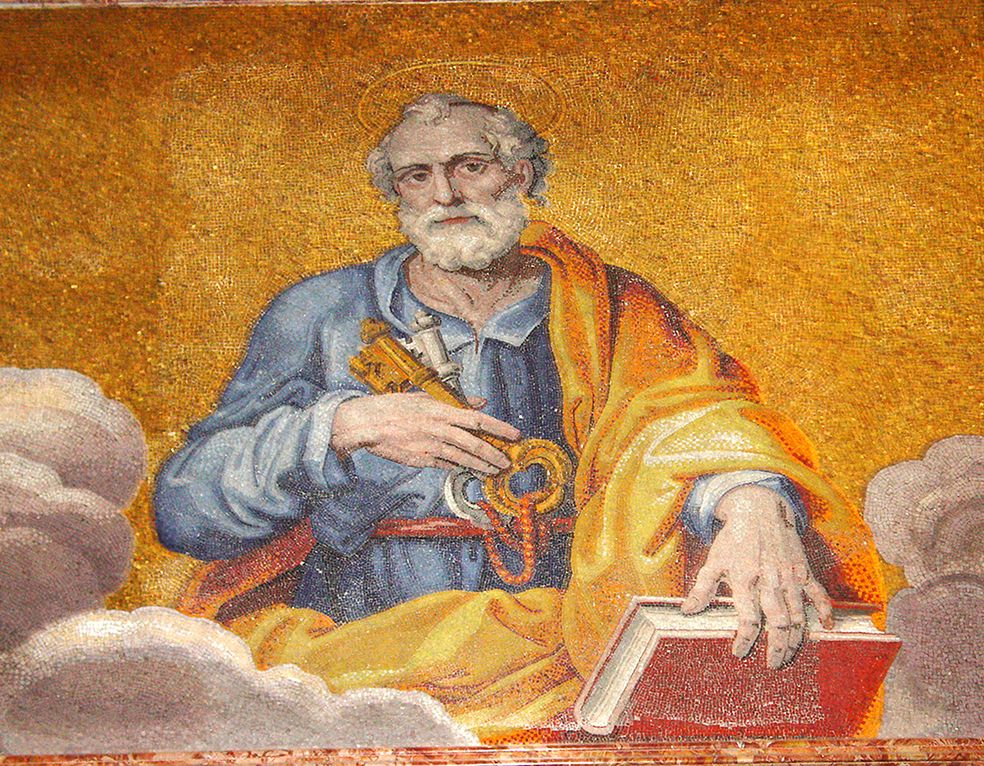In the Bible, to acknowledge the existence of God is wisdom. The failure to recognize God in creation is the result of a corruption in our humanity. On the contrary, religion becomes a foundation for human dignity and value. The first, most important content of God’s word is about God himself.
The concept of God comes to us in the Old Testament as affirmation and negation. In both aspects, the message is completely original and amazing. In a context of widespread idolatry, the God of the Bible is the creator and His nature is transcendent and spiritual.
GOING TO GOD BY AFFIRMATION
The first idea is that God is one: “Listen, o Israel: The Lord our God is one Lord” (Deuteronomy 6:4).The word: monotheism doesn’t exist in the Bible, but the uniqueness of God is expressed by the contrast between the Living God and the dead nature of other gods as seen in the strong polemic against idolatry like in Psalm 115.
The second idea is that God is good: He rejoices at the goodness of His creatures. “And God saw that all was good” (Genesis 1). Especially, He wants us to be good: God’s law: morality. “I am the Lord, your God…You shall not kill” (Exodus 20).
Then the God of the Bible is a personal God who wants to communicate with His creatures, with humanity and cares for us. God’s personality and concern for us is witnessed throughout the whole Bible in what we call Salvation History. Already to Abraham, in the beginning, God says: “I will bless you… and by you all the families of the earth shall bless themselves” (Genesis 12:1-5).
God cares for humanity, for His chosen people: “I have seen the affliction of my people…and I have come down to deliver them” (Exodus 3:7-8). God wants to have a covenant with His chosen people; He gives them His Law, the content of the covenant, and wants them to understand that the heart of God’s covenant is love (Psalm 23, Psalm 103).
It is a God who asks for our love: from the Jewish confession of faith, the “Shema, Israel” in Deuteronomy, 6:4-5: “You shall love the Lord, your God with all your heart, and with all your soul, and with all your might”, to the countless expressions of love for God in the Psalms.
This shows the originality and uniqueness of the Jewish understanding of God that has passed integrally in the New Testament. No servility, no magic, but loving obedience, a mature relationship in a worship that enhances our human dignity.
GOING TO GOD BY WAY OF NEGATION
This is the itinerary of transcendence and it is the most remarkable albeit less known of God’s aspects. God is a great mystery: we cannot see God’s glory, His face, only His back (Exodus 33:18-33). To see God’s face (or to hear His voice) is to die. This is why people are expected to cover their head when they pray.
The mystery of God is underscored by the traditional prohibition to pronounce the name of God. The prohibition of the images of God is also stressing the mystery of God and helping the people to avoid idolatry: to worship the creatures instead of the Creator. The prohibition of making images is strong even nowadays in Judaism and Islam. It is a safeguard for monotheism.
JESUS CHRIST IS THE NEW TESTAMENT
In the New Testament, we have the fact of the Incarnation. “The Word became flesh and dwelt among us and we saw his glory” (John 1:14). The fundamental experience of the Apostles is the experience of Jesus, the incarnate Word, and an experience that is based on the senses as it is proclaimed so by Saint John in the beginning of his first letter.
The experience of the senses, however, must lead to the leap of faith. This is the lesson of the episode of the doubting Thomas. Jesus yields to Thomas’ demand, but He challenges him to go beyond the senses to the leap of faith. Jesus is “the image of the invisible God” (Colossians 1:15).
The humanity of “God with us” is the reason of the images of Jesus Christ and consequently Mama Mary and the Saints in the Catholic Church. In the VIII century there was a struggle about the problem of the images. The movement that intended to forbid images and was called Iconoclasm was condemned by the pope and the images remained in the Catholic tradition and gave origin to the masterpieces of art throughout the centuries.
Strictly speaking there is no image of God, but only of Jesus, the Blessed Virgin Mary and the Saints. The opposition to the images, if pushed to the extreme, results in the denial of the Incarnation as it is in Judaism, Islam and also in some sects which consequently cannot call themselves Christian any more.




























